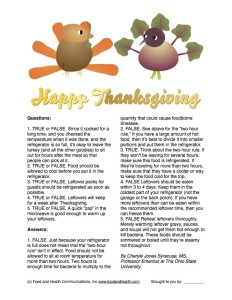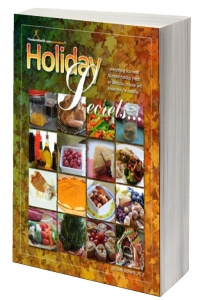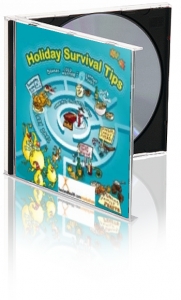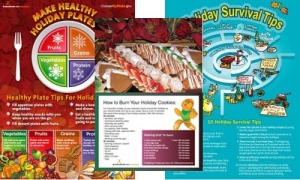Sometimes I wonder what happens to common sense during the holidays.
I know things get hectic, but many people seem to “throw caution to the wind” when it comes to food safety. Over the next few weeks, you’ll have many opportunities to enjoy food, so please keep food safety in mind.
This should be especially true when entertaining. Some of your guests may have special needs. Remember that the young, the elderly, pregnant, and immune-suppressed may be more susceptible to getting foodborne illness. Don’t take risks with their health by serving potentially dangerous foods such as raw eggs, raw fish, undercooked poultry, or rare ground beef. Think about alternative foods or recipes that may be safer.
Just because it’s a holiday and your refrigerator is full does not mean that the “two-hour rule” isn’t in effect. Food should not be allowed to sit at room temperature for more than two hours. Two hours is enough time for bacteria to multiply to the quantity that could cause foodborne illnesses. This is cumulative too. If you leave the leftovers on the dining room table for one hour, then later leave them out on the counter for 30 minutes to make sandwiches, you will only have a half-hour window left.
On New Year’s Eve, many parties start in the early evening and don’t end until well after the New Year. That could be four or five hours and way past the safe time for leaving that food set out at room temperature. If you can’t keep cold foods below 41 degree F or hot foods above 135 degrees F, plan to replace them with fresh at least every two hours.
Here are a few other basic things to keep in mind:
- Wash your hands frequently when preparing and serving food.
- Get food into the refrigerator as soon as possible after a meal. Don’t leave it out for guests coming later or to make sandwiches.
- Don’t put potentially-hazardous food in the garage, porch or sunroom. While these areas may feel cool, they may not keep food below 41 degrees F. Some cut fruits and vegetables (including sliced tomatoes, leafy greens and melons) fall into this category, too.
- Use small serving dishes on buffet lines. When that dish is empty, then replace it with another small dish of the same food instead of setting out the entire bowl or mixing “fresh” food in with the “old.”
- Take care with desserts that contain potentially hazardous foods such as whipped cream, custards, creamy cheeses, and eggs. Keep these foods in the refrigerator below 41 degrees.
A little care and planning ahead can make this a food-safe holiday season. You want the memories to be of happy times and not of a foodborne illness or trip to the emergency room.
By Cheryle Jones Syracuse, MS, Professor Emeritus at The Ohio State University







